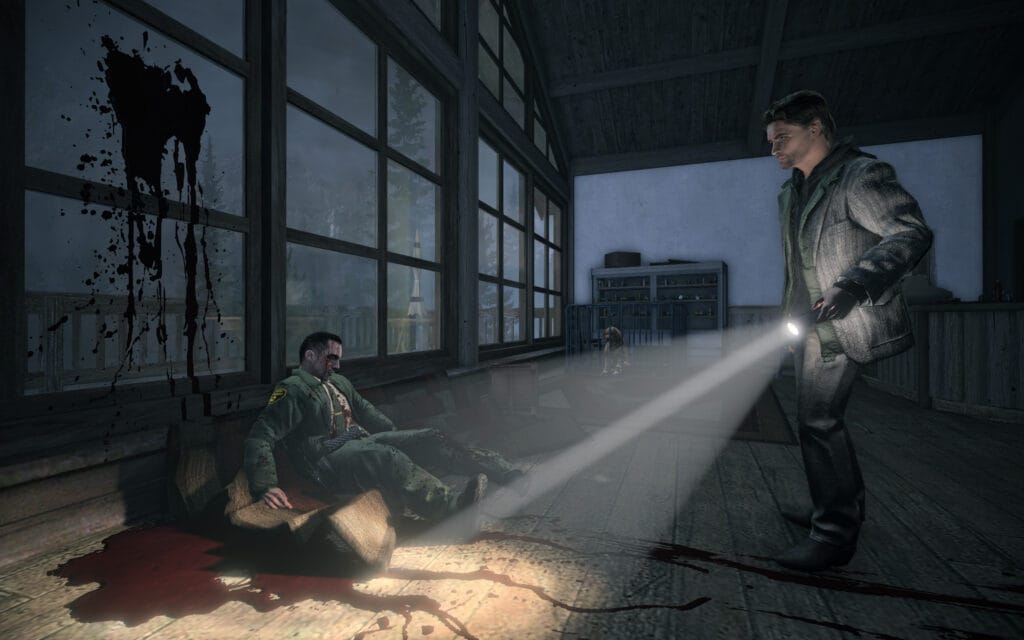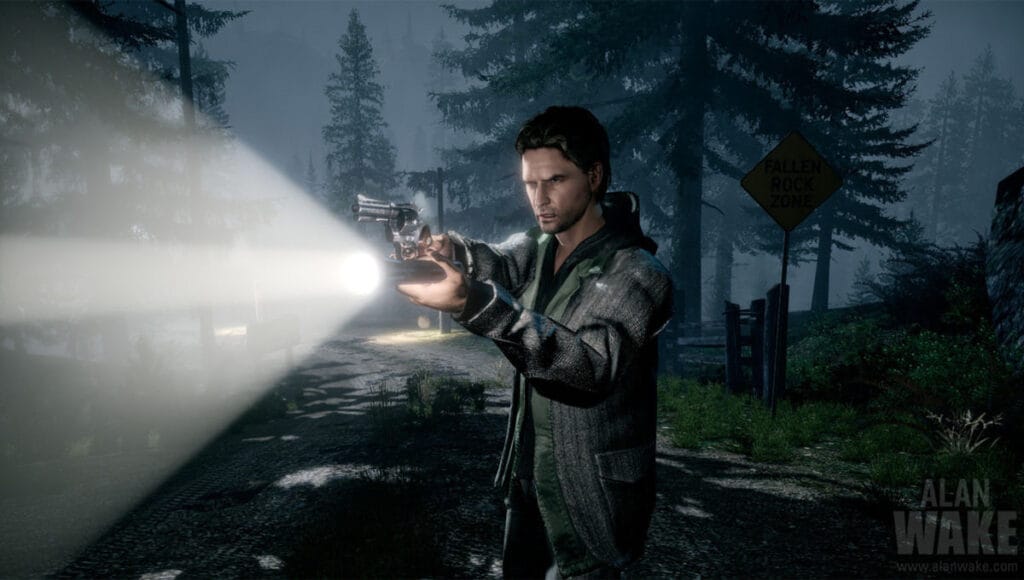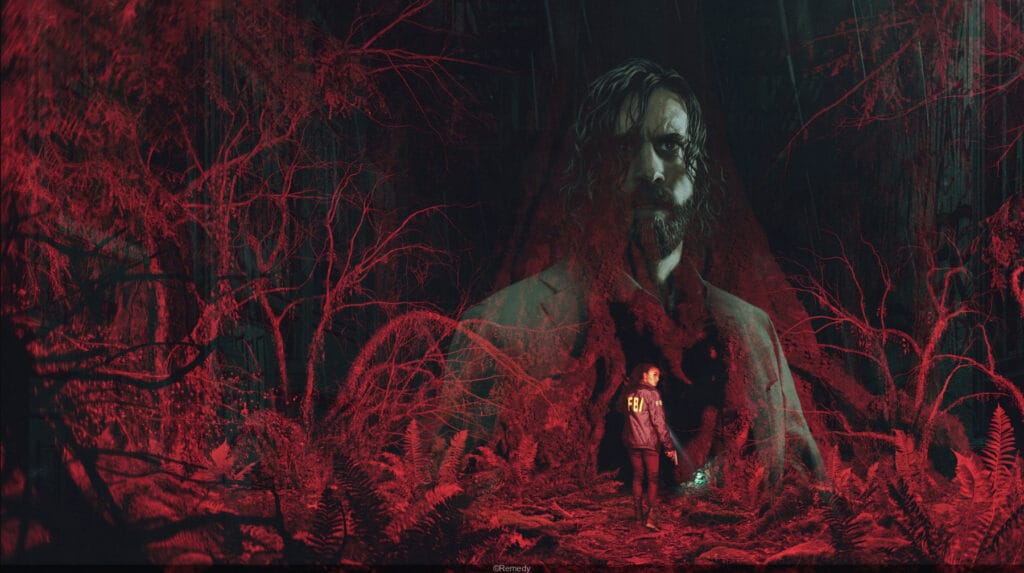The Alan Wake series, comprising the original game released in 2010 and its much-anticipated sequel in 2023, serves as a masterclass in storytelling within the realm of video games. Both titles explore profound themes of creativity, trauma, and the haunting specter of grief, making them resonate deeply with both gamers and writers alike.
Alan Wake 1: The Struggle with Darkness
The first installment introduces us to Alan Wake, a bestselling author grappling with writer’s block. Set in the eerie town of Bright Falls, the narrative unfolds as Wake’s wife goes missing, and he finds himself entangled in a supernatural mystery that blurs the line between reality and fiction. The theme of the tortured writer is central here; Wake’s struggles mirror the challenges many writers face, from self-doubt to the fear of losing control over their narratives. As he confronts the literal manifestations of his fears and insecurities—the “Dark Presence”—the game becomes an allegory for the internal battles that plague creatives.




The atmosphere is thick with tension, beautifully complemented by its psychological horror elements. The dark, foreboding environments reflect Wake’s mental state, underscoring how grief can warp perception. The use of light as a weapon against darkness symbolizes hope and creativity, emphasizing the idea that even amidst despair, one can find a way to illuminate the path forward.
Alan Wake 2: The Consequences of Grief
In Alan Wake 2, the narrative delves deeper into the consequences of grief and the impact of unresolved trauma. Wake, now a character trapped in his own creation, faces the repercussions of his past actions. The sequel expands on the original’s themes, illustrating how grief can lead to destructive tendencies and the spiraling nature of artistic obsession. The game introduces new characters, such as Saga Anderson, whose own investigations into the mysterious occurrences in Bright Falls reflect the personal toll of loss and the pursuit of truth.
The narrative structure of Alan Wake 2 is particularly noteworthy, as it intertwines multiple perspectives, showcasing how each character copes with their own demons. This multifaceted approach enhances the exploration of the tortured artist archetype, revealing how creativity can be both a refuge and a prison. The game’s atmosphere remains hauntingly beautiful, utilizing visuals and sound design to evoke a sense of unease that mirrors the characters’ psychological turmoil.


Themes of Creativity and Grief
Both Alan Wake 1 and 2 poignantly illustrate the intricate relationship between creativity and mental health. The series portrays how grief can manifest in various forms—whether through writer’s block, the loss of loved ones, or the haunting shadows of past choices. The narratives suggest that while creativity can be a powerful outlet for processing grief, it can also lead to obsession and self-destruction if left unchecked.
The games excel in drawing parallels between the writer’s journey and the emotional struggles of the characters. Alan Wake’s evolution from a successful author to a man haunted by his own creations encapsulates the torment of artistic expression, reflecting the real-life challenges writers face in confronting their inner demons.

Masterful Until The Very End
Alan Wake 1 and 2 stand out as remarkable narratives that delve into the tortured psyche of writers and the profound effects of grief. Through their masterful storytelling, atmospheric design, and complex characters, these games invite players to explore the darker corners of the human experience, making them not only engaging but also deeply resonant. They remind us that while the journey of a writer can be fraught with challenges, it is also an exploration of resilience, creativity, and ultimately, the light that can emerge from darkness.









